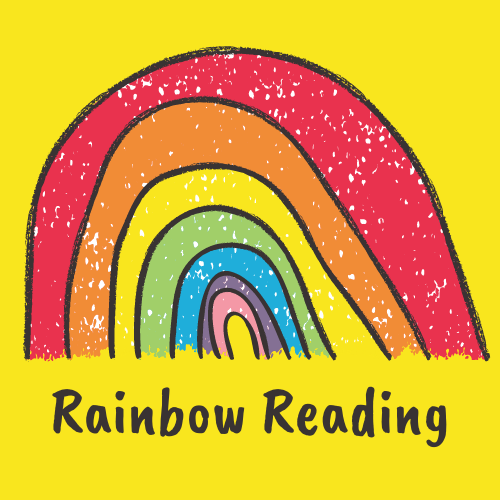The Writer’s Notebook
If you watch any musical documentary following an artist or band throughout their careers, you will always see two things. The first is observing the artists sitting quietly by themselves jotting lyrics to a song in a notebook, on a piece of paper, or even a napkin. You will also see the artists having unstructured play time to fiddle with the lyrics, sounds, beats, sequence in their attempt to create a new song.
I’ve recently watched fantastic documentaries about Lady Gaga, Coldplay, One Republic, and David Foster. To watch these artists in their element is so very inspiring.
Over the years as a teacher, and now having my own children in the public school system, I see that creative time for independent writing often gets pushes aside, or doesn’t take place at all. That unstructured writing time, the time for students to write just to write in his or her own personal notebook and fill it with thoughts, ideas, observations, something interesting, goals, things they wonder about, hope for, and the concept of writing with the purpose to publish the piece, in various genres has all but disappeared.
It is important to teach students to write specific genres as defined in the writing standards of Common Core...AND it is important for students to be taught the writing process and allow students to be creative.
Some of my best and most favorite teaching moments were the day my students were able to present their creative writing pieces. They were so proud and excited to share with the class what they created. Each student was able to stand in front of the classroom, and read their work, with students giving them positive feedback and what stood out to them that they loved. Talk about a positive and encouraging experience.
Some of my students who generally didn’t take an interest in the beginning of the year, not only enjoyed their participation in this event, but they create pieces so moving, so authentic, so emotional that I couldn’t help but hold back tears from being so proud of them.
Creative and independent writing does not require much time during the day. When your conducting guided reading lessons, students can immerse themselves in the writing process. You can also provide the opportunity for creative writing in your literacy center design, for fifteen minutes to calm the class after lunch and recess, and even assign it for homework just as we assign independent reading...it is just as important.
Of course, giving students a notebook and telling them to “write” has to be facilitated. Using the writing workshop model...of teaching mini lessons in the writer’s craft as a shared class, and slowly releasing writing time in small increments for students at the beginning of the year is a must. As you confer with students and small writing groups on a daily basis, you are collecting data to assist you in your preparation of the next whole class mini lesson to be taught. In the beginning of the year I started with ten minutes of independent writing, and my goal was to increase to thirty minutes and forty- five minutes as the year went on. It is possible.
I am still a fan of the Fountas & Pinnell Guiding Writing workshop. When working in Chicago, I implemented the writing workshop model and have seen personally the tremendous success, even within a classroom with various mixed abilities. Reggie Routman was also an inspiration for me in teaching writing. Her book, titled Writing Essentials, was filled with creative writing activities to introduce to my students.
The content that my students wrote about was so moving, and so creative...they presented with such fun, and having a classroom where we all supported each other and encouraged each other gave them the confidence and inspiration to write another piece for the next publishing event.
I will always cherish those memories, of having all of my students working during this time...dimmed lights, soft music playing….hyper focused, being creativing...and engaging in an authentic experience to express themselves.
I hope more teachers, schools, and school districts will reevaluate how they teach writing to students...and how creative and independent writing can be incorporated into student’s daily schedule schoolwide. My own sixth grade teacher Mrs. Barnes taught me poetry. While I always struggled to write formal papers, and couldn’t understand all the rules of writing, and with poetry she opened up a whole new world for me. In poetry, there aren’t rules, you can be so creative with your play with words. I kept my poetry book that I published for so many years, and to this day, I can vouch for the importance of having been instilled with a love for writing. This love for poetry has served me well as a teacher, a business owner, and back to teaching again. To this day, I still journal, write poetry, continue with website design, marketing, blogging, creating promotional materials, and more! And it all stemmed from one teacher, providing creative opportunities in writing back in my 6th grade classroom. I will be forever grateful!


